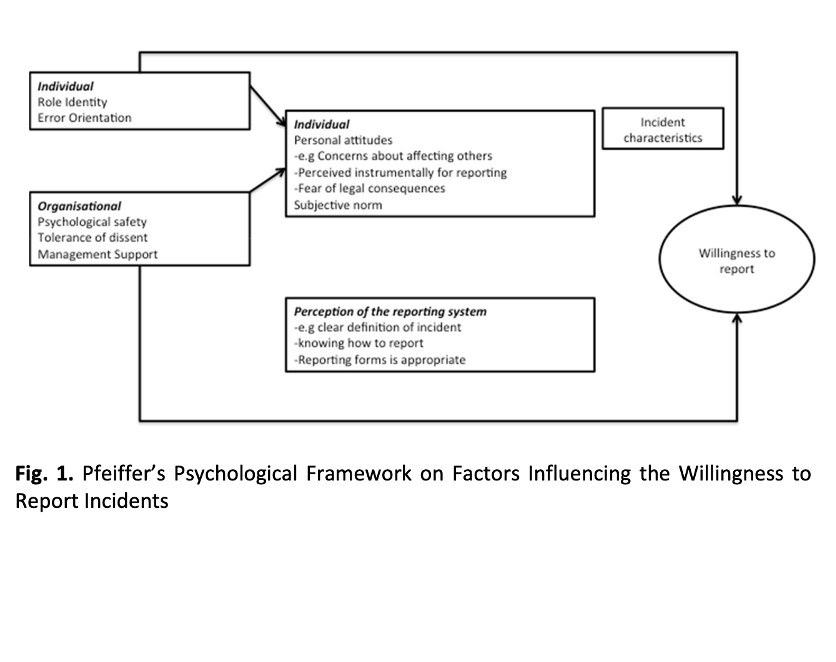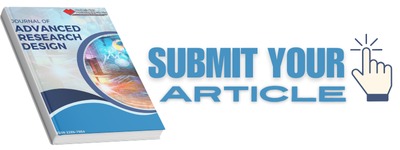Factors Influencing Sharp Injury Reporting among Healthcare Workers in Hospital Melaka
Keywords:
Sharp injury reporting, healthcare workers, health belief, organization safety climateAbstract
An effective sharps injury prevention program includes several components that must work in concert to prevent healthcare personnel from suffering needlesticks and other sharp related injuries. Sharp injury management program in Kementerian Kesihatan Malaysia (KKM) is currently at surveillance state outlined in the Manual of Sharp Injury Manual Surveillance 2007. Latest data showed that as much as 1405 cases reported in Kementerian Kesihatan Malaysia facilities in 2011. In Hospital Melaka, high sharp injury prevalence was recorded with 25 per 1000 healthcare worker being affected each year. However, according to World Health Organization, surveillance data tend to underestimate the true rate of sharp injuries between 18% and 70%. Although reasons
for sharp injury underreporting are well documented in many studies, less in known on what motivates healthcare personnel to report their injury. In order to encourage healthcare workers engagement to prevention program, these motivators need to be determined. Various factors affecting reporting behavior can be divided into organizational factors and health belief. The objective of the study is 1) to determine the level of awareness and compliance on sharp injury reporting among healthcare workers in Melaka, 2) To identify the relationship between awareness of reporting, organizational factors and health belief with sharp injury-reporting behavior among healthcare workers, 3) To determine the impact of awareness on reporting, organizational factors and health belief with sharp injury reporting behavior among healthcare workers, 4) To suggest improvements in sharp injury prevention program. Healthcare workers who reported sharp injury between 2011 and 2015 were invited to answers questionnaires pertaining these factors. Descriptive statistics, mean scores and multiple logistic regression were used for the analysis. Results and recommendation are discussed.
Downloads



















